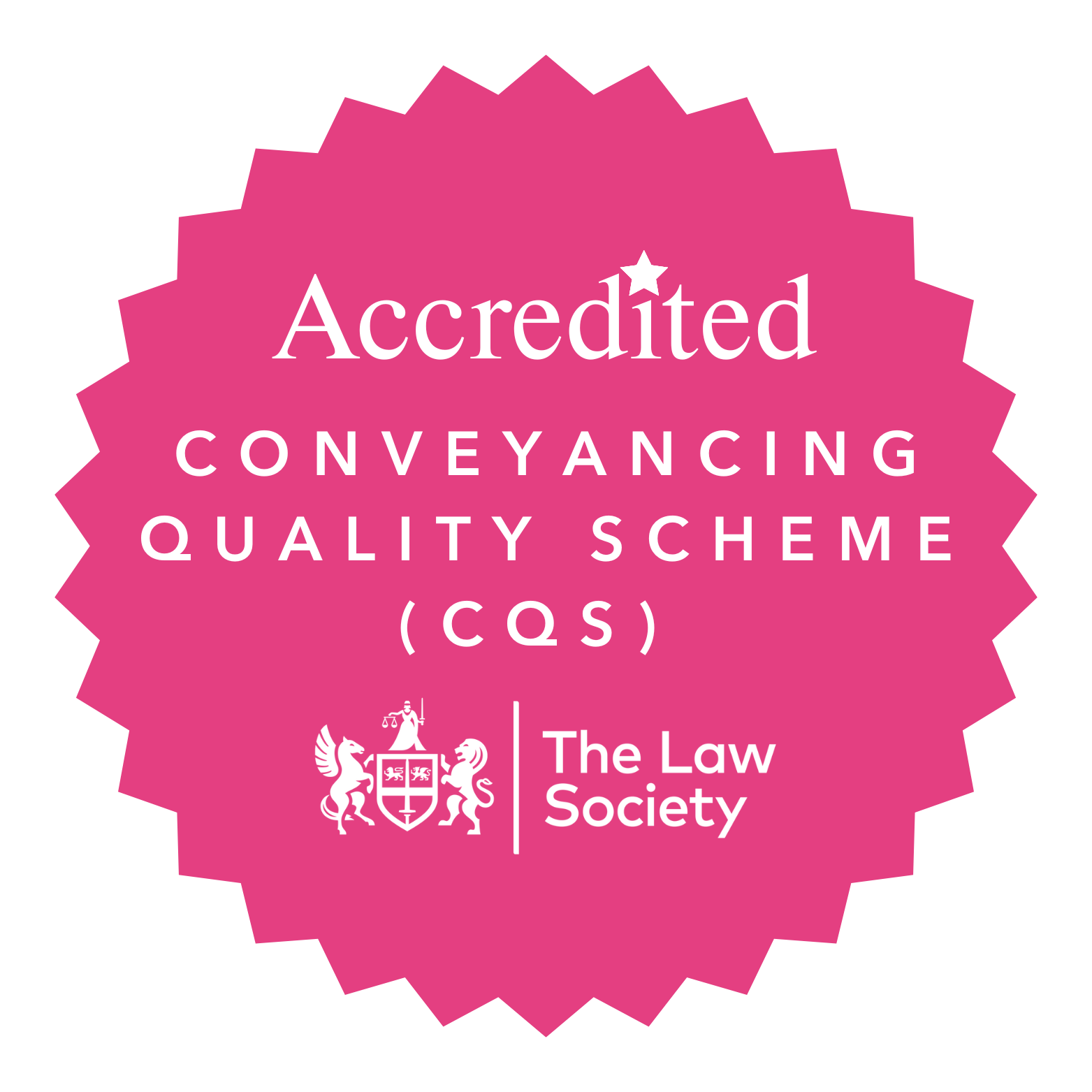You may have heard that employees are now entitled to 'additional paternity leave', but what does this mean in practice?
What is the right?
An eligible employee whose child is due on or after 3 April 2011 will have the right to apply for up to six months’ additional paternity leave (APL) before their child’s first birthday.
Who is eligible?
- The right can only be requested if the child’s mother returns to work without exercising her full entitlement to maternity leave. Parents will not be allowed to take maternity leave and APL at the same time.
- In order to take APL, your employee will need to have qualified for “ordinary” paternity leave and have continued to work for your business up to the date that they intend to take APL.
- “Ordinary” paternity leave is available to male or female employees who are the spouse, civil partner or partner of the new mother and expect to have responsibility for raising the child. It provides for either one whole week or two consecutive weeks’ paternity leave which must be taken within two months of the birth of the child.
How does it work?
- The earliest an eligible employee can take APL is 20 weeks from their child’s date of birth.
- The minimum period of APL that can be taken is two consecutive weeks and the maximum period is 26 weeks. APL must be taken in multiples of complete weeks and as one period.
- Gaps between the end of statutory maternity leave and the beginning of APL will be allowed to enable families to have greater choice and flexibility.
- If a mother dies during or shortly after childbirth, the eligible employee will be able to take APL at an earlier point and for a longer period of time.
- Your employee will be required to give a minimum of eight weeks’ notice of their intention to take APL.
- You will be required to confirm your employee’s entitlement to APL within 28 days of the date of your employee’s notification of their wish to take it.
Self-certification
When your employee gives you notice that they intend to take APL they must give you:
- A leave notice. This is a written notice setting out the child’s week of birth, the child’s date of birth and the start and end dates for your employee’s chosen period of APL.
- An employee declaration. This is a written notice, signed by your employee. It must confirm that the purpose of the APL is to care for the child, that your employee is either the child’s father or is married to or is the partner or civil partner of the child’s mother and that, beside the mother, they will have the main responsibility for bringing up the child.
- A mother declaration. This is a written declaration by the child’s mother. It must set out their name, address and National Insurance number and the date on which the mother intends to return from maternity leave. It must also confirm that the employee proposing to take APL is the same person set out in the employee declaration and is the only person exercising the right to APL for that child.
Keeping in touch
During APL your employee will be allowed to be paid for working up to 10 days for your business without losing their entitlement to APL or additional statutory paternity pay. This can include training or any other activity connected with “keeping in touch” with the workplace.
Returning to work
When your employee returns to work after taking APL they will have the right to return to the same job on the same terms and conditions as before their APL began.
Additional statutory paternity pay
Additional statutory paternity pay will be paid at the same rate as “ordinary” statutory paternity pay and will broadly mirror the existing entitlement. For current rates of statutory paternity pay please contact Ben Mason on 01827 317079.
On what grounds could an employee bring a claim against my business?
Your business could be taken to an employment tribunal for two different reasons:
- Detrimental treatment. If an employee can demonstrate that they have suffered detrimental treatment because they have requested or taken APL.
- Unfair dismissal. If an employee can demonstrate that they were dismissed for a reason connected with the fact that they requested, or took APL, your business will be deemed to have unfairly dismissed them, unless you can prove that the reason for dismissal was not your employee’s exercise of their paternity leave rights.
Penalties
- Detrimental treatment. An employment tribunal has the power to make a declaration that your employee’s claim is well founded and to award compensation to your employee of an amount that it considers just and equitable in all the circumstances.
- Unfair dismissal. An employment tribunal can order the re-instatement or re-engagement of your employee or it can order you to pay them:
- A basic award. This is calculated using a prescribed statutory formula.
- A compensatory award. The employment tribunal will take into account past and future losses when calculating this award. For example, the loss of earnings, loss of commission and loss of other benefits.
More information
If you have any questions about the content of this checklist, please contact Ben Mason on 01827 317079 or bmason@pickerings-solicitors.com.



